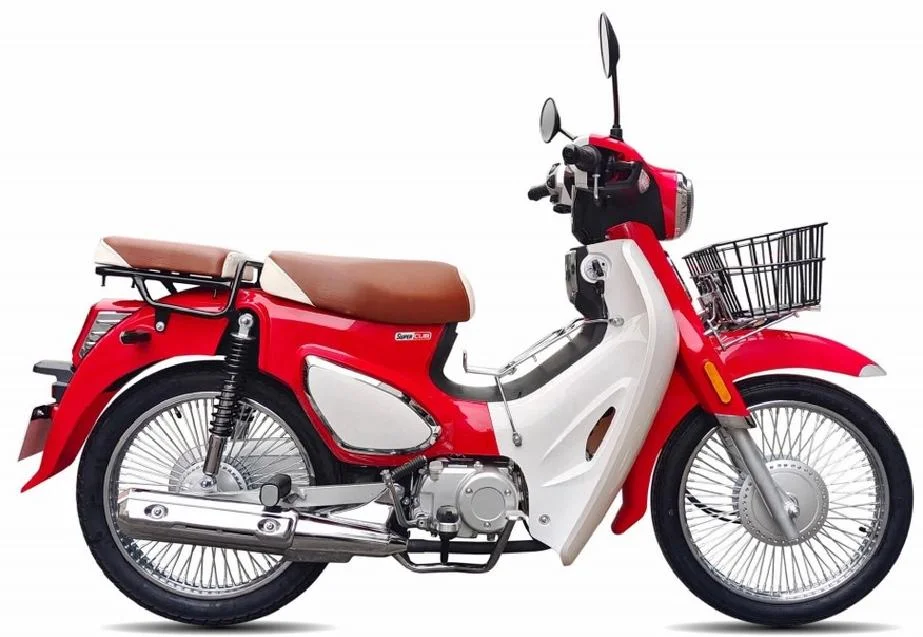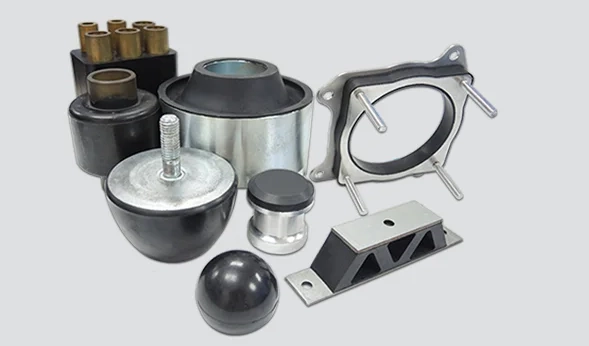
In an era where air travel has become an integral part of our lives, safety remains a paramount concern for both frequent flyers and occasional travelers. With numerous airlines operating worldwide, it is crucial to identify the safest airline that prioritizes passenger well-being and adheres to stringent safety standards. In this blog post, we will delve into the depths of aviation safety, exploring the factors that contribute to an airline's safety record and revealing the world's safest airline.
- Safety Regulations and Standards:
To ensure the highest level of safety, airlines must comply with rigorous regulations and standards set by international aviation authorities. These regulations cover various aspects, including aircraft maintenance, pilot training, operational procedures, and emergency preparedness. The world's safest airline goes above and beyond these requirements, implementing additional safety measures and investing in cutting-edge technologies to mitigate risks. - Fleet Modernization and Maintenance:
The age and condition of an airline's fleet play a crucial role in determining its safety. The world's safest airline prioritizes fleet modernization, regularly retiring older aircraft and replacing them with newer, more technologically advanced models. Additionally, stringent maintenance schedules and thorough inspections are conducted to identify and rectify any potential issues before they compromise passenger safety. - Pilot Training and Experience:
The competence and experience of pilots are vital factors in ensuring safe flights. The world's safest airline places great emphasis on pilot training programs, employing highly skilled and extensively trained pilots. These pilots undergo regular simulator training, emergency scenario drills, and recurrent evaluations to maintain their proficiency. Furthermore, the airline fosters a culture of open communication and encourages crew resource management, promoting effective decision-making and teamwork in critical situations. - Safety Culture and Management:
A strong safety culture is ingrained within the world's safest airline, starting from top-level management down to every employee. Safety is not just a priority but a core value that guides all operational decisions. The airline encourages reporting of safety concerns, conducts thorough investigations into incidents or near-misses, and implements corrective actions to prevent future occurrences. Continuous improvement and learning from past experiences are integral to maintaining an impeccable safety record. - Industry Recognition and Safety Ratings:
Various organizations and industry bodies assess and rank airlines based on their safety performance. The world's safest airline consistently receives top ratings and accolades from renowned aviation safety organizations. These ratings take into account factors such as accident history, operational excellence, safety initiatives, and regulatory compliance. The airline's consistent recognition in these rankings further solidifies its position as the epitome of safety in the aviation industry.
Conclusion:
When it comes to air travel, safety should always be the foremost consideration. The world's safest airline exemplifies the highest standards of safety through its unwavering commitment to regulatory compliance, fleet modernization, pilot training, safety culture, and industry recognition. By prioritizing passenger well-being and investing in comprehensive safety measures, this airline sets a benchmark for others to follow. So, the next time you embark on a journey, rest assured that you are in the hands of the world's safest airline.



